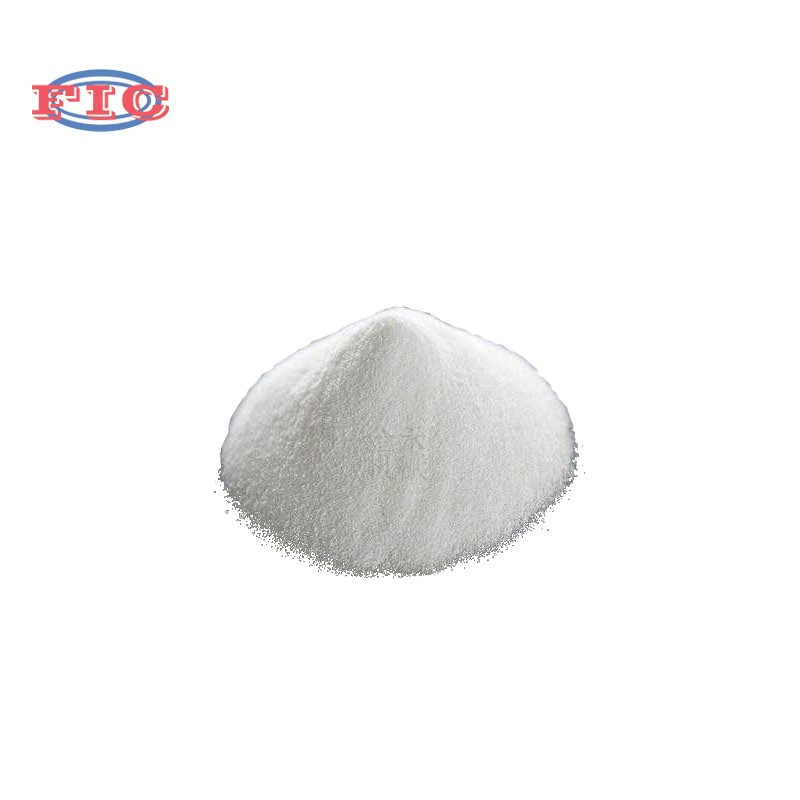Malic Acid: The Refreshing Natural Acidity
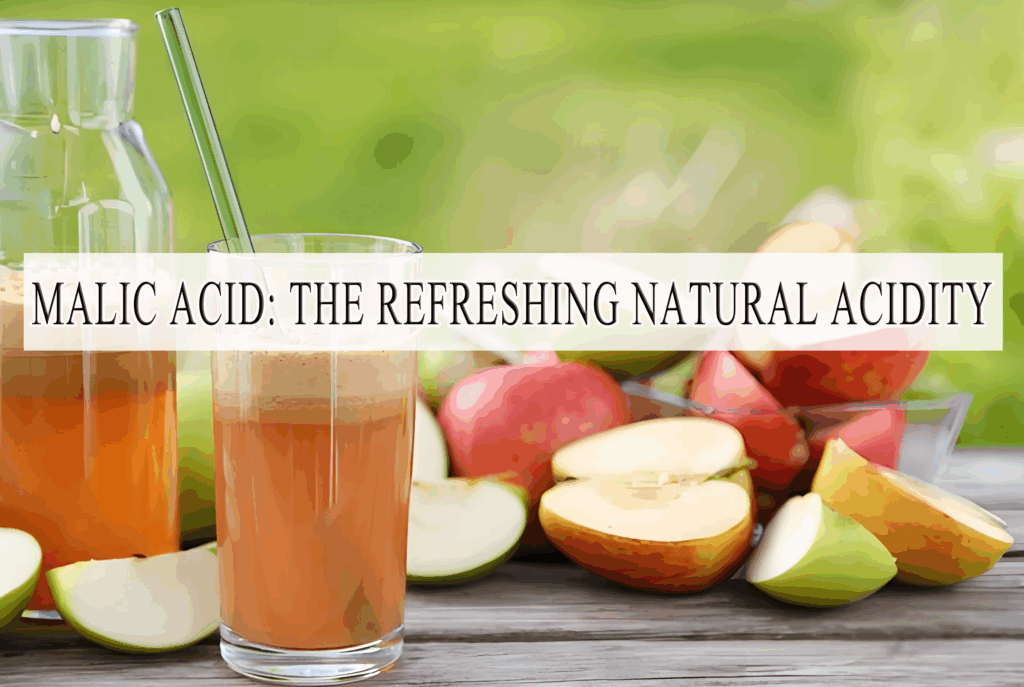
Malic Acid Product Introduction: Malic acid is a natural organic acid widely found in various fruits and vegetables, most abundantly in apples, hawthorns, grapes, and pears. It was initially isolated from apples, hence its name. Typically, it appears as a white or off-white crystalline powder, is highly soluble in water, and possesses a strong sour taste.[1] Key Characteristics 1.Mellow & Lingering Sourness: Compared to the sharp, quick sourness of citric acid, malic acid offers a smoother sourness that is less irritating and longer-lasting. 2.Strong Acidity & Chelating Properties: Malic acid is stronger than citric and lactic acids, meaning less is required to achieve the same acidity level. It also binds with […]
Food-Grade Glucose: Uses, Safety, and the Difference Between Anhydrous & Monohydrate

If you’ve scanned the ingredient list on a loaf of sandwich bread, a sports drink, or a batch of homemade candy, “glucose” is likely a familiar term. But what exactly is food-grade glucose, and why do food manufacturers rely on it so heavily? Even more, what sets its two most common forms—anhydrous and monohydrate—apart? Let’s break this down with clear, practical details, no overly complex jargon included. What Is Food-Grade Glucose? First, let’s clarify the basics: Food-grade glucose is a simple sugar (monosaccharide) that’s purified for use in food production. It’s typically made by hydrolyzing starches (most often from corn, though wheat or tapioca can also be used) to break down complex […]
Fumaric Acid: Uses, Properties, Safety, and Sources
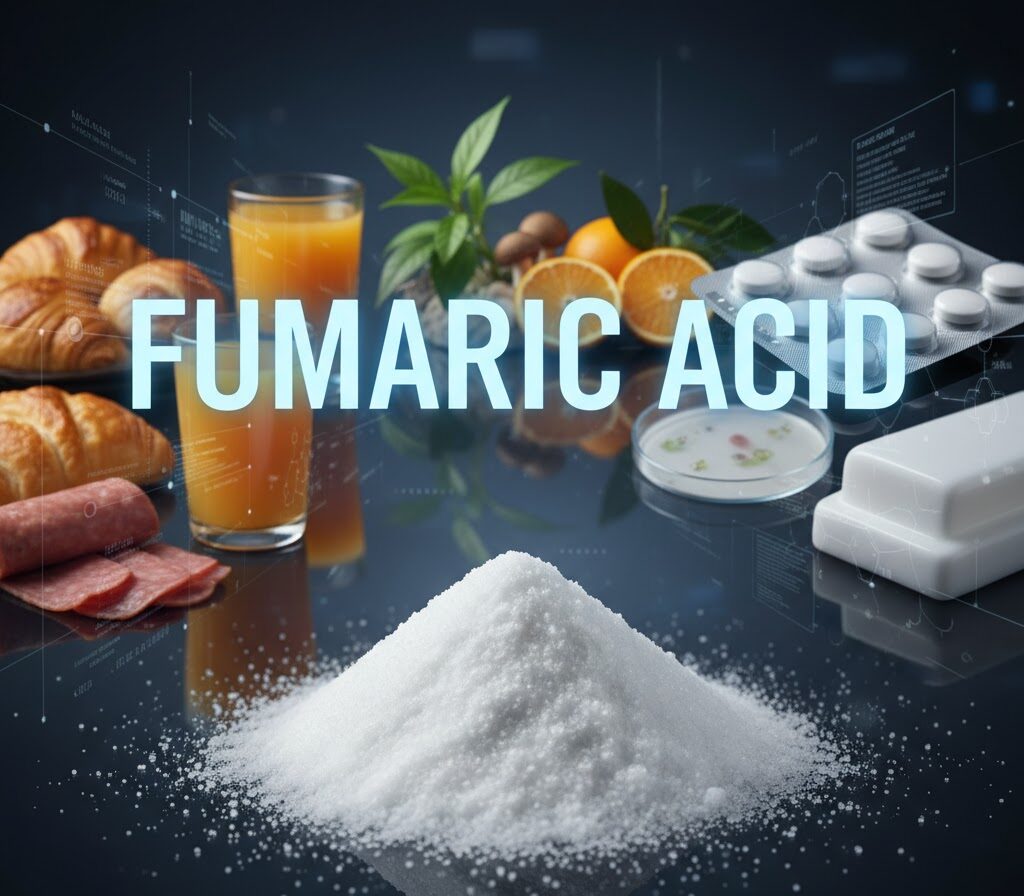
Whether you’re a food industry professional, a healthcare provider, or someone curious about common chemical compounds in daily products, fumaric acid is a substance worth understanding. It’s not just a lab chemical—you’ll find it in everything from your favorite snacks to prescription medications. In this guide, we’ll break down what fumaric acid is, its key properties, where it’s used, and whether it’s safe What Is Fumaric Acid? Fumaric acid has the chemical formula C₄H₄O₄ and is an organic compound classified as a dicarboxylic acid. It’s naturally found in small amounts in some plants such as mushrooms, lichens and citrus fruits, Fumaric acid isn’t just found in plants. The skin naturally […]
Ammonium Bicarbonate: The Dual Role from Leavening Agent to Industrial Assistant
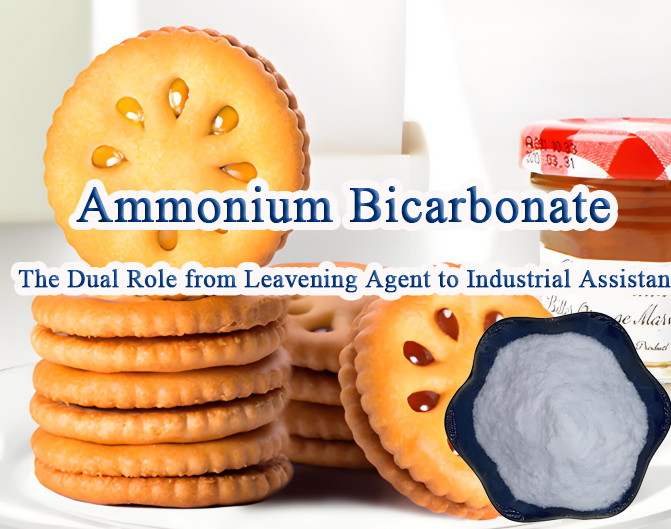
Ammonium bicarbonate is a common white crystalline compound. With the chemical formula NH₄HCO₃, it is strictly categorized into two main types based on purity and intended use: Food Grade and Industrial Grade. 一. Primary Uses & Application Fields (1) Food Grade Ammonium Bicarbonate: The Magician Behind Pastries The key characteristic of food grade ammonium bicarbonate is its rapid and complete decomposition upon heating (above approximately 60°C), releasing ammonia gas, carbon dioxide, and water vapor. This property makes it a highly effective chemical leavening agent. Main Applications: Biscuits and Peach Crisps: It is particularly suitable for biscuits requiring an exceptionally crisp texture and uniform internal structure, such as common animal crackers or […]
What Is Maltitol? Sources, Uses, and Safety Tips

If you’ve ever grabbed a sugar-free candy, low-carb protein bar, or even a tube of sugar-free toothpaste, chances are “maltitol” popped up on the ingredient list. It’s one of the most widely used sugar alcohols—but what exactly is it, where does it come from, and why do brands love it? Let’s break this down clearly, with insights backed by food science and regulatory guidelines. What Is Maltitol, and Where Does It Come From Maltitol is a sugar alcohol—a type of low-calorie sweetener—derived from starch. The most common source? Corn starch, though it can also be made from wheat starch. Always check labels if you have gluten sensitivities: most wheat-based maltitol […]
Innovative small ingredients for milk tea
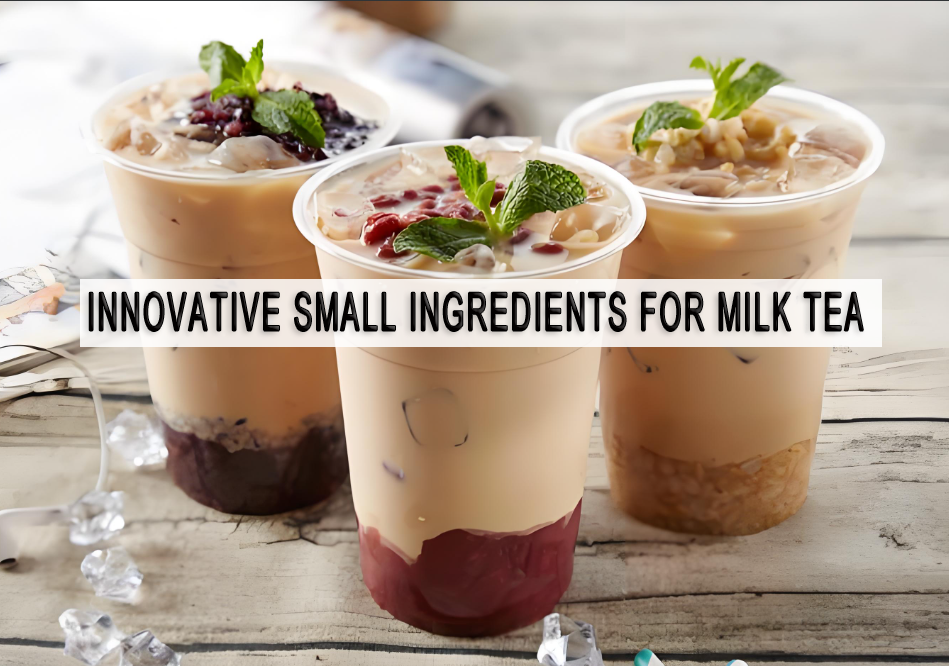
At present, consumers are more inclined towards differentiated and creative combinations of small ingredients, such as pearls, coconut fruits, pudding and other traditional small ingredients have gradually become standard, while innovative small ingredients such as cold sky crystal balls, agar jelly, tea jelly,Solid beverage powder,Pandan powder are more favored by young people. 一.Agar jelly : Agar Jelly has a chewy and bouncy texture, It widely used in milk tea, bottled drinks, cake and jams. We can produce agar jelly with various flavors such as grape, brown sugar, peach, etc., with different levels of taste such as “crisp” or “soft and glutinous”. Besides, Agar Jelly has heat resistance, freezing resistance, agitation […]
Sodium Alginate: The “All-Purpose Helper” Hiding in Seaweed

What Is Sodium Alginate? Sodium alginate is a natural substance extracted from brown seaweed like kelp and sargassum, and it has been used in many industries for decades. It looks like a white or pale yellow powder, is odorless and tasteless, and dissolves in water to form a sticky liquid. Its biggest advantages are safety—plus, when it comes into contact with minerals like calcium, it turns into an elastic gel, similar to the jelly we usually eat. This property is what makes it useful in so many different ways. What Special Abilities Does It Have? First, sodium alginate dissolves well in water, and the viscosity of the liquid it forms […]
Vanillin: The Science, Sources, and Applications
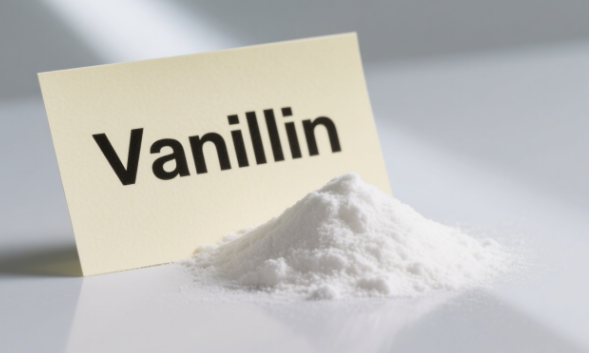
Vanillin, a cornerstone of flavor chemistry, permeates daily life through countless consumer products. As the primary flavor component of natural vanilla, this aromatic compound has become indispensable in food production, cosmetics, and pharmaceuticals worldwide. Understanding its chemical properties, sourcing methods, and safety profile reveals why vanillin remains a billion-dollar industry staple. Chemical Identity and Properties Chemically classified as a phenolic aldehyde with the formula C8H8O3, vanillin (4-hydroxy-3-methoxybenzaldehyde) naturally occurs as a secondary metabolite in vanilla orchids (Vanilla planifolia). Its molecular structure features a benzene ring with hydroxyl, methoxy, and aldehyde functional groups, which interact to produce its characteristic warm, sweet aroma and flavor. Soluble in ethanol, glycerol, and propylene glycol, […]
Sucralose – Zero-Calorie Sweetener
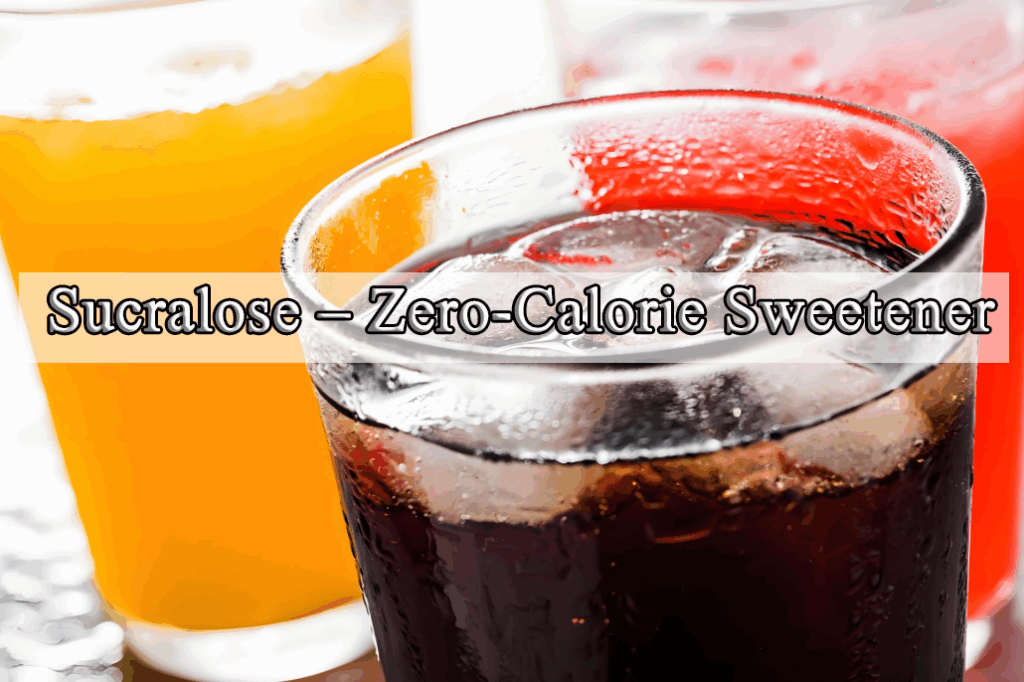
一. Product Introduction Sucralose is a next-generation high-intensity sweetener derived from sucrose through a chlorination process. With a sweetness potency 600 times that of sugar, it serves as a zero-calorie, highly stable sugar substitute, perfectly meeting the demand for healthier sweeteners in modern food production. 二. Key Advantages 1.Zero Calories Not metabolized by the body, making it ideal for diabetics and weight-conscious consumers. 2.High Stability Heat-resistant (up to 200°C) and stable in acidic/alkaline environments, suitable for various processing methods. 3.Pure, Sugar-Like Taste No bitter aftertaste, delivering a clean sweetness profile nearly identical to sucrose. 三.Applications ① Beverage Production Replaces traditional sweeteners to reduce calorie content while maintaining sweetness. ② Chewing Gum Enhances flavor without affecting blood […]




